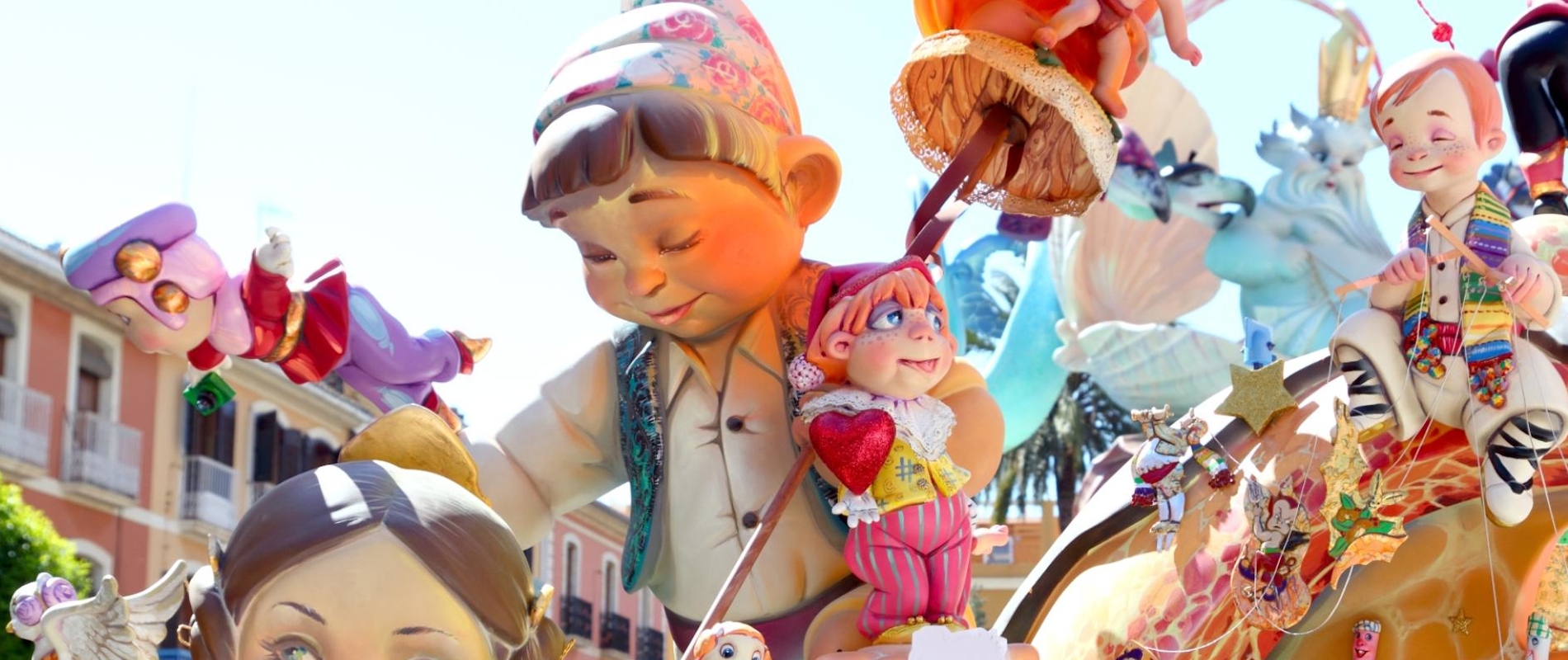
Sascha Rudkjøbing
Costa Valencia
Costa Azahar
Valencia är Spaniens tredje största stad, belägen vid Medelhavet och känd för sin blandning av historisk charm, modern arkitektur och livligt kulturliv. Staden är berömd som paellans födelseplats och erbjuder en perfekt balans mellan tradition och innovation.
Översikt & Historia
Huvudattraktioner
Natur & Friluftsliv
Marknader & Lokal Mat
Festivaler & Kultur
Transport & Lägesinformation
Resetips
Slutord
Valencia kombinerar rik historia, medelhavslivsstil och modern innovation — en stad som lockar både matälskare, kulturintresserade och strandbesökare.
